A lot of people think they don’t have anywhere to to grow. The truth is you don’t need a big garden to grow your vegetables. If you are quite new to growing or if you only have a small space available I’d recommend starting small. One or two raised beds is a great start, as you can experiment with what will grow well in your area and microclimate, and also it is a much less daunting prospect than starting a vegetable plot. And remember anything you grow however small will make a huge difference to you and the way you think of and appreciate food. All of a sudden you will think twice before you buy and throw away those bags of salad. Because growing your food takes a lot of effort. But the the rewards are far greater. So get growing this year.
Traditionally, vegetables are grown in long rows on flat soil with space between the rows for access. A raised bed is a concentrated growing area, higher than the surrounding ground, and its sides are usually constructed of wood. Or you can even set up a vegetable border that is every bit as attractive as a flower border.
There are many advantages to growing your crops in raised beds:
– if your soil is poor or indeed if you lack top soil, which can be the case in some areas, you can fill your bed with good quality soil or garden compost appropriate for your crops.
– position – the ideal vegetable growing area is south-facing and sunny without too much shade. With a raised bed you can find the best position in your garden.
– drainage – this can be a real problem in our area so you can add some gravel to the bottom of your raised be to ensure it is free draining.
– depth – you can decide how deep you want your raised beds to be which is particularly useful when growing root vegetables.
– yield – in a small area you can grow small numbers of different crops and generally the yield his higher than from a traditional plot.
– maintenance and weeding – due to easier accessibility weeding and looking after your bed should be really straightforward. Remember little and often is the trick.
Building and maintaining a raised bed
You can buy a ready-to-assemble DIY raised beds but generally they are quite expensive and it is not difficult to make your own. We usually use 6″ x 2″ pressure treated timber and the ideal width of your bed is no more than 1.2m for easy access. The length is entirely up to you.
There are also many alternatives to raised beds like fish boxes, any kind of larger shallow containers or tubs. Growbags are a cheap and effective way of growing tomatoes or strawberries but they will soon run out of nutrients so a good quality fertiliser is a necessity. I only use organic fertiliser or quite often I’d make my own from seaweed, comfrey or nettles. Or you can try growing potatoes in special potato sacks.
One disadvantage of raised beds or containers is that they dry out more quickly than open-ground beds you will have to keep watering them regularly. Mulching helps to prevent evaporation and it is also a good way of suppressing weeds.
The raised beds above are in our garden. Sadly the photos below are not but they are a great inspiration. They show a vegetable garden at The Royal Highland Show in 2013.
So will you give it a go? Let me know how you get on or if you have any tips. Happy growing!
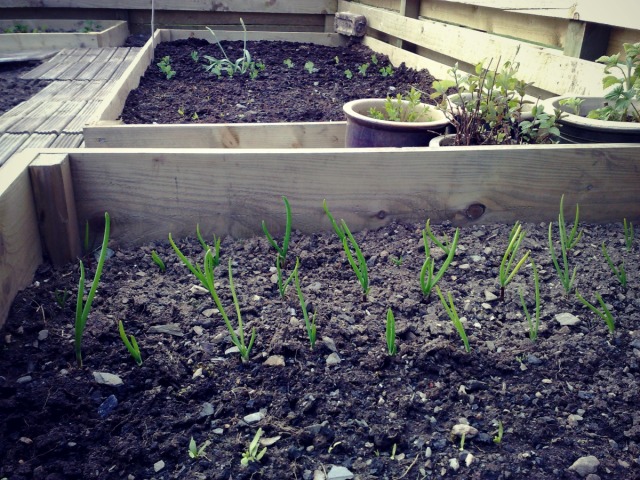
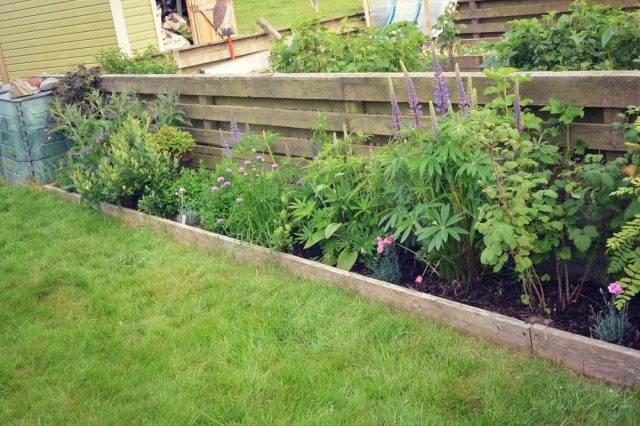
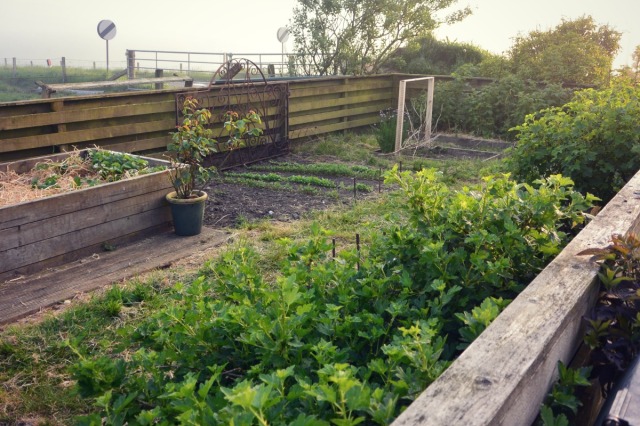
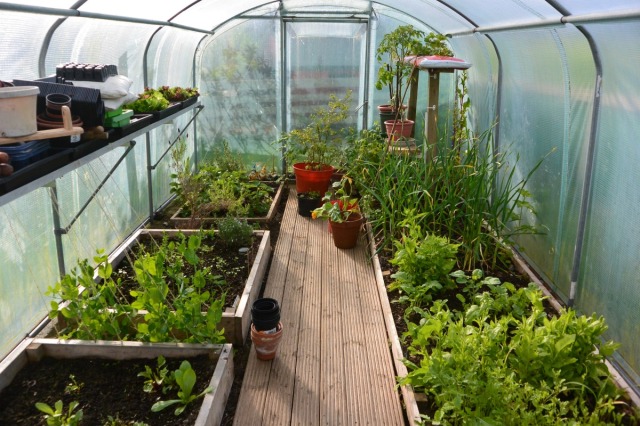
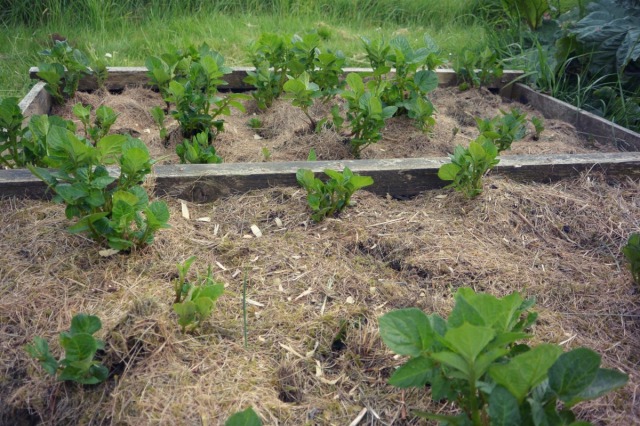
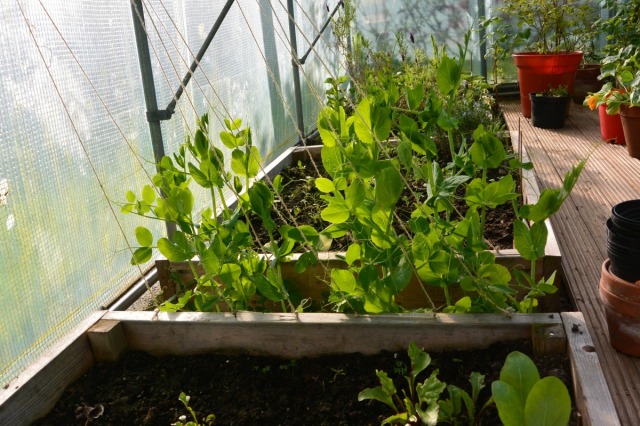
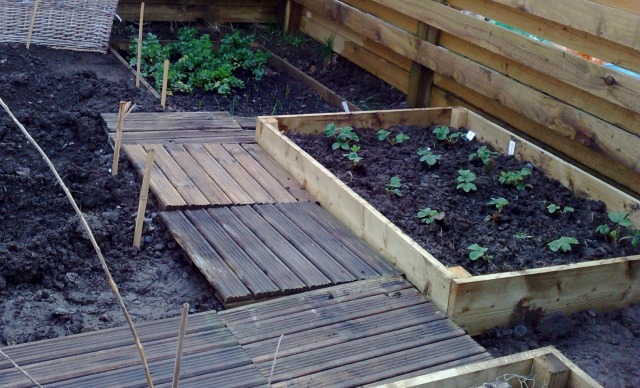
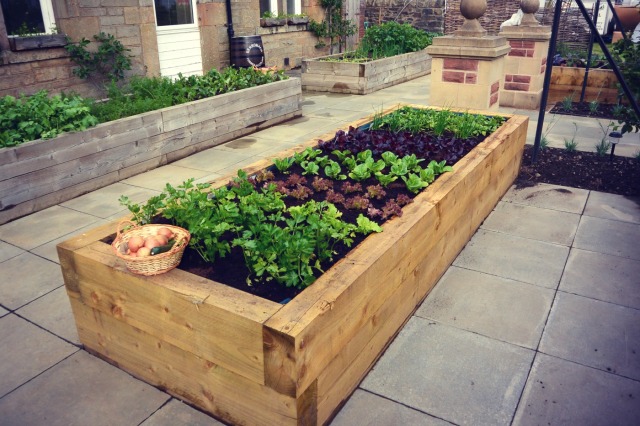
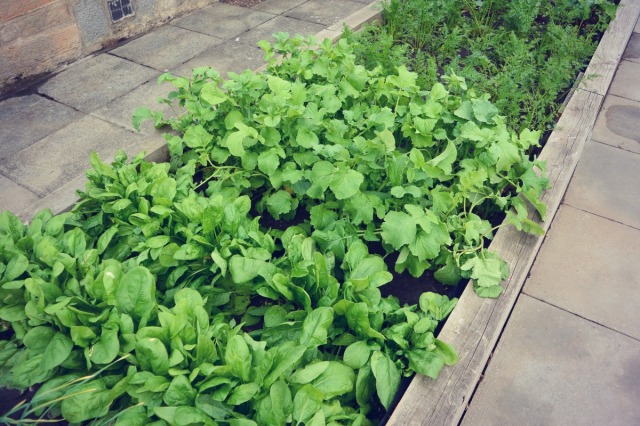
HA, I did wonder how you got all that grown all ready 🙂 can’t get a shovel in just yet…-4C this AM!
These are last year’s photos, I managed to prepare a couple of beds but is still a bit early. Saying that it always feels like Spring will never come but then it happens really quickly.
Pingback: How to start growing vegetables: Start small | My Shetland Garden | WORLD ORGANIC NEWS
Pingback: Building a raised bed | My Shetland Garden
Do you have a lot of wind in regards to your hoop houses or tunnel covers?
Hello Carolyn, I’m sorry about not replying earlier. Yes, we have a lot of wind therefore any kind of successful gardening in Shetland depends on shelter. Poly tunnels or hoops need to be fairly sturdy here…
Thank you. The wind has snapped my plastic supports on the snow/wind fence so metal posts and hoops are definitely in order here on Adak. Are you able to grow most anything in a small tunnel, e.g., tomatoes or cucumbers?
Pingback: To Plant a Garden Is to Believe in Tomorrow | My Shetland Garden